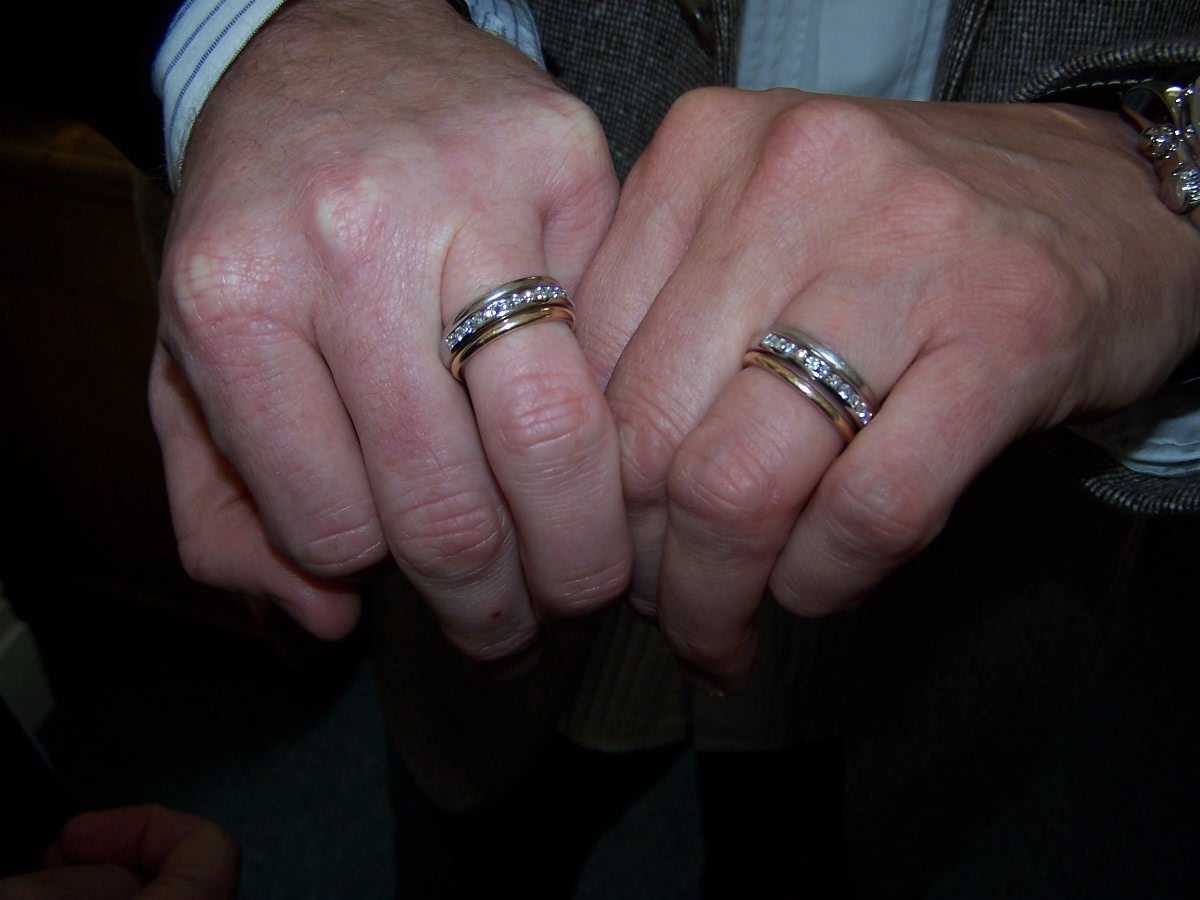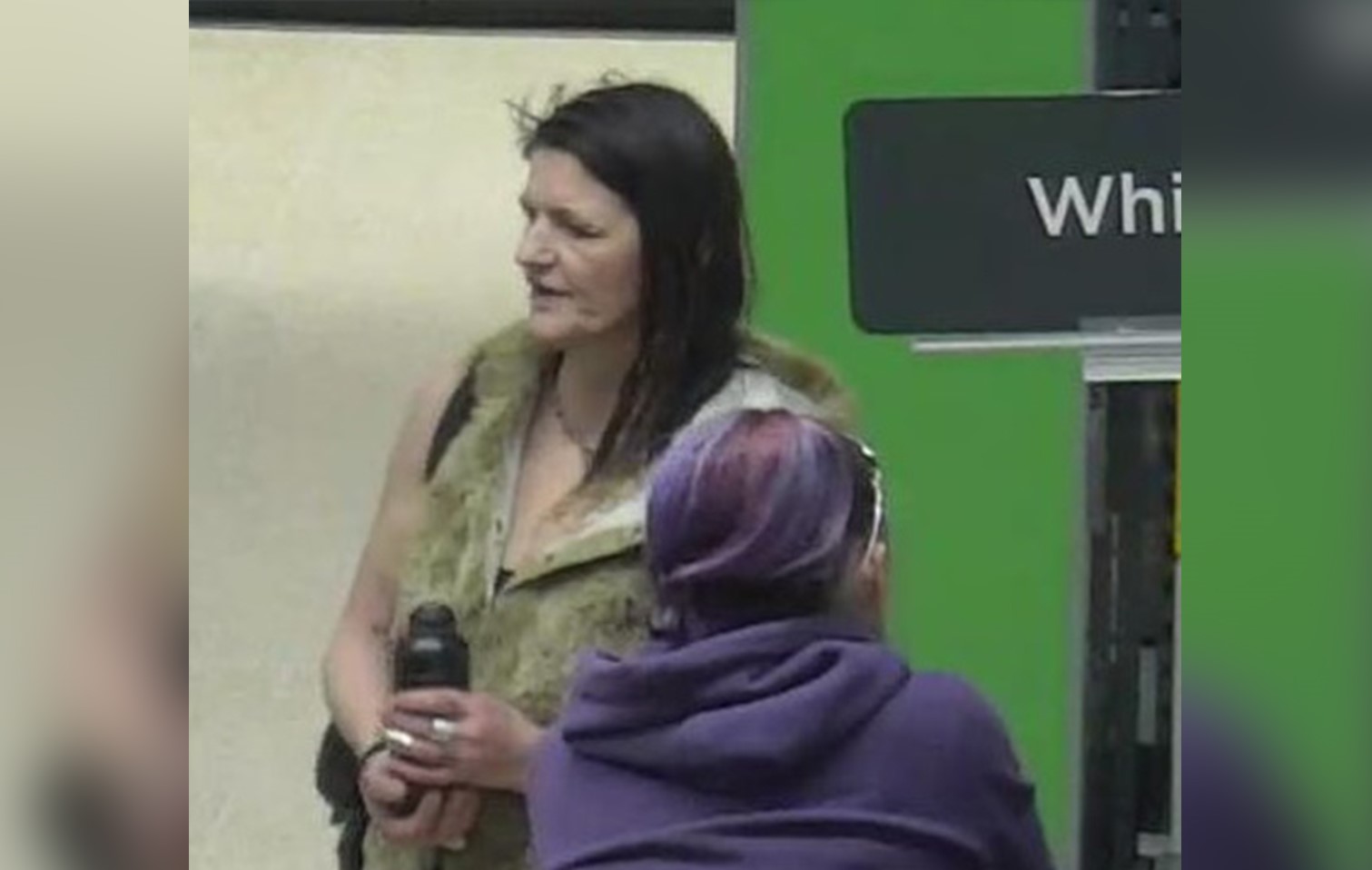This week we were tasked with watching Searching for Sugarman, a documentary by filmmaker Malik Bendjelloul, following the efforts of two fans to find out whether the rumoured death of American musician Sixto Rodriguez was true.
Searching for Sugarman
From a technical perspective, Searching for Sugarman takes quite a creative approach. The film was mostly shot on Super 8, and the iPhone app ‘8mm’, giving it a saturated style of cinematography reminiscent of retro film stock. The documentary also uses animation beautifully to link different parts of the story, as well as really utilising establishing shots of both Cape Town and Rodriguez’s home city of Detroit, Michigan.
But at the core of Searching for Sugarman is its story, and I think its narrative is where the documentary really excels. Curran Bernard (2015) compares a good narrative structure to trying to tell a good joke – it needs structure – a setup, followed by complications or an escalation, followed by an unexpected by inevitable punchline. The ‘train’ of the documentary is important, according to Curran Bernard (2015, p. 54), as it is “the single thread – either an action or a question/argument, generally – that drives your film forward, from beginning to end.” Searching for Sugarman definitely has this. It clearly seeks to answer the question, whatever happened to Rodriguez? It begins as a mystery, then becomes a journey of discovery, and culminates in a heartwarming revelation. Each talking head interview really does add another piece to the puzzle until the big reveal that Rodriguez is still alive and completely unaware of his fame in South Africa.
However, what Bendjelloul didn’t include in his documentary was that Rodriguez had a similar cult following in both Australia and New Zealand and toured there in 1979 and 1981. Ellis (2012, p. 101) suggests, as audiences, “we desire selectivity and structure, but we also distrust it as having introduced forms of distortion and bias.” This was clearly a very selective choice by Bendjelloul to keep the structure of the mystery, and had he included it, it might have lessened the emotional impact of the conclusion.
Bibliography
Curran Bernard, S., 2015. Documentary Storytelling. London: Taylor and Francis.
Ellis, J., 2012. Documentary : Witness And Self-Revelation. London: Routledge.







